 Carter Horsley
Carter HorsleyDec 23, 2011
Carter's Review
One of the city's most exclusive and prestigious buildings, 720 Park Avenue on the northeast corner at 70th Street was designed by Rosario Candela and Cross & Cross, who also collaborated on the design of One Sutton Place South, another of the city's grandest residences.
Candela is widely considered to have been the country's greatest designer of luxury apartment buildings and he collaborated with many of the city's most famous architectural firms.
Cross & Cross is best known for its design of the former RCA Victor tower on Lexington Avenue at 51st Street overlooking St. Bartholomew's Episcopal Church on Park Avenue.
This 29-unit, 18-story, co-operative building was developed by Starrett Brothers for Montelenox Corporation, of which Alfred Selisberg was the president.
Bottom Line
One of the city’s supremely luxurious apartment buildings, this has a superb location that is across Park Avenue from Asia House and close to The Frick Collection.
Description
The building has a three-story limestone base beneath 9 stories of red-brick façades with two stringcourses, some decorative balconies and two large corner windows on the avenue and side-street elevations topped with a cornice before the five setback top floors that have a variety of setbacks and bay windows.
The building has entrances on the avenue and the side-street and no sidewalk landscaping. The entrance on the avenue has a canopy and the façade has some decorative spandrels and discrete air-conditioners, some of which were place within very handsome and decorative bandcourses.
It has a very attractive roof-top watertank enclosure.
Amenities
The building has a concierge and a doorman and a laundry and is pet friendly.
It has no garage.
Apartments
Apartment 16A is a three-bedroom unit that has a 13-foot-long gallery that leads to a 31-foot-long living room with a wood-burning fireplace, a 22-foot-long terrace, and a 9-foot-long planting terrace, a 21-foot-long library with a wood-burning fireplace and a very large bay window on the avenue and a 31-foot-long terrace,, a 21-foot-long dining room with a 6-foot-wide bar and a 13-foot-long terrace next to a 12-foot-long butler’s pantry and 9-foot-long maid’s room, a 20-foot-long eat-in kitchen and an 11-foot-long office.
Apartment 9A is a five-bedroom unit that has a 37-foot-long entrance gallery that leads to a 30-foot-long living room with a fireplace, a 20-foot-long library with a fireplace and a 26-foot-long dining room with a fireplace next to a 26-foot-long eat-in kitchen. The apartment also has a 12-foot-long laundry and two staff rooms.
Apartment 4A is similar to Apartment 9A but also has a 16-foot-square family room/gym and two maid’s rooms on an upper level.
Apartment 5B is a four-bedroom unit that has a 17-foot-wide entry hall that leads to a 25-foot-long living room with a fireplace, and a 19-foot-long dining room next to a pantry and a 14-fllot-long, windowed kitchen and 14-foot-long sitting rom.
In Andrew Alpern’s fine book, “The New York Apartment Houses of Rosario Candela and J. E. R. Carpenter, an original floor plan of a seven-bedroom duplex apartment indicated that the lower level had a very large entry foyer and staircase and led to a 33-foot-long living room with a fireplace and an very long terrace, an 18-foot-long library with a fireplace, and a 21-foot-long dining room with a fireplace next to a 17-foot-long butler’s room, a 23-foot-long pantry, a 16-foot-long kitchen, 16-foot-kibg servants’ hall and three maid’s room. The upper level contained the seven bedrooms.
Mr. Alpern noted that “one of the most lavish of the original units was the terraced duplex of Jesse Isidor Straus, which included a forty-foot entrance gallery and a library of nearly a thousand square feet with a baronial stone fireplace and chimney breast.” “Following Mr. Straus’ death in 1970, the apartment remained vacant for two years and a-begging at a price of more than $500,000 with an annual maintenance of $46,000. Unsaleable, the duplex was subdivided by the estate into two simplex units, with the grand library ignominiously cut into smaller spaces,” Mr. Alpern wrote. Mr. Straus had been head of Macy’s.
History
Robert A. M. Stern, Gregory Gilmartin and Thomas Mellins devote considerable attention to Candela in their book, 'New York 1930, Architecture and Urbanism Between The Two World Wars,' Rizzoli, 1987.
They noted that 720, completed in 1929, and 740 Park Avenue, together with the building at 730 Park Avenue designed by F. Burrall Hoffman Jr., and Lafayette A. Goldstone, 'brought the avenue's tradition for luxurious high-rise domesticity to a brilliant crescendo on the eve of the 1929 stock market crash.'
They quoted T-Square, an architectural journal, as commenting upon the completion of 720 Park Avenue that is was 'quite a disturbing pile of architectural motives....It begins its upward career in an orderly enough fashion, starting from a prim base and reaching a main cornice at the twelfth story. However, this altitude is not attained without the interruption of several band courses which confuse the simplicity of the shaft. Above this main cornice, the building breaks out into a jumble of setbacks, stick-outs, bays, battlements, and buttresses. Doubtless these create numerous amusing roof spaces, but as a design they are rather incoherent.'
Still, while such incoherence may offend architectural purists, theoreticians and some critics, it nonetheless delights New Yorkers who fancy the curious, are accustomed to chaos and applaud the individual and eccentric.
The building is on part of the full-block site that had been previously occupied by the Presbyterian Hospital that had been part of the Robert Lenox farm. James E. R. Carpenter, James T. Lee, Robert Dowling, and Eliot Cross brought the site in 1925 and sold it two years later to Harby, Abrams & Melius.
Candela's buildings, "it is said, were the grandest of the decade that was itself the greatest," wrote Elizabeth Hawes in her book, "New York, New York, How The Apartment House Transformed The Life Of The City (1869-1930)", published by Henry Holt in 1993.
"He had a respect for privacy and an eye for significant detail. He was a complete thinker. He added duplicate water connections to street mains and multiple switches for ceiling lights as well as beautifully turned staircases and separate wine cellars. More significantly, he designed buildings from the inside out. He placed windows where they received light, balanced a room, or allowed a graceful arrangement of furniture….Candela also invested unusual energy in the entry hall. In a typical apartment, he made it a full-sized room with rich views into the interior because he thought it was important to greet a visitor with a full sense of a home….Candela liked puzzles. During the Depression, he took up cryptography, and during World War II, he broke the Japanese code," Hawes wrote.
Born in Sicily, Candela came to the United States in 1909 and graduated from the Columbia school of architecture in 1915. His other famous buildings include 834 Fifth Avenue, 960 Fifth Avenue, 740 Park Avenue, 775 Park Avenue, 778 Park Avenue, and 19 East 72nd Street, all considered among the most glamorous addresses in the city.
Other residents included William E. Iselin, the banker who held Number One Membership Card in the New York Yacht Club, Carl Spielvogel, the advertising executive, Leonard Riggio, the head of Barnes & Nobles and Jamie Tisch, the ex-wife of Steve Tisch, an owner of the New York Giants football team.
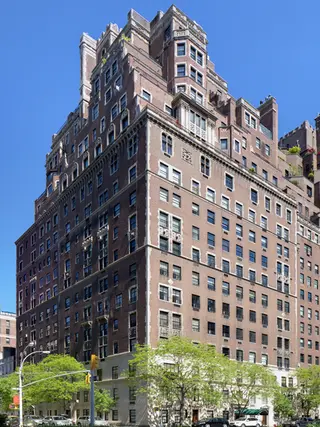
- Co-op built in 1928
- 1 apartment currently for sale ($17M)
- Located in Park/Fifth Ave. to 79th St.
- 29 total apartments 29 total apartments
- 10 recent sales ($2.4M to $24M)
- Doorman
- Pets Allowed
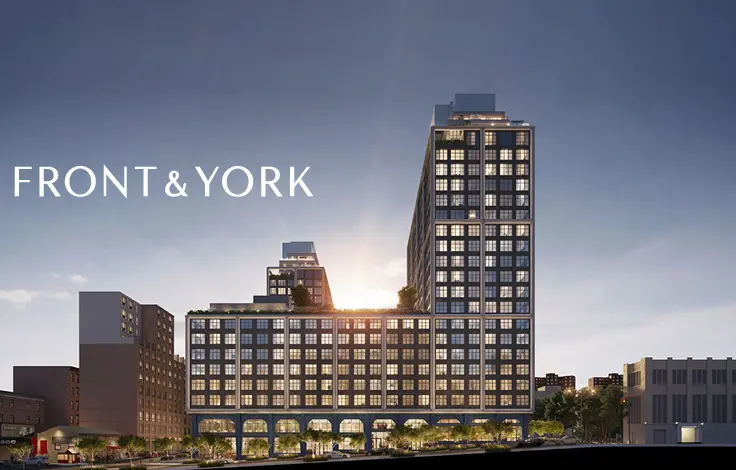
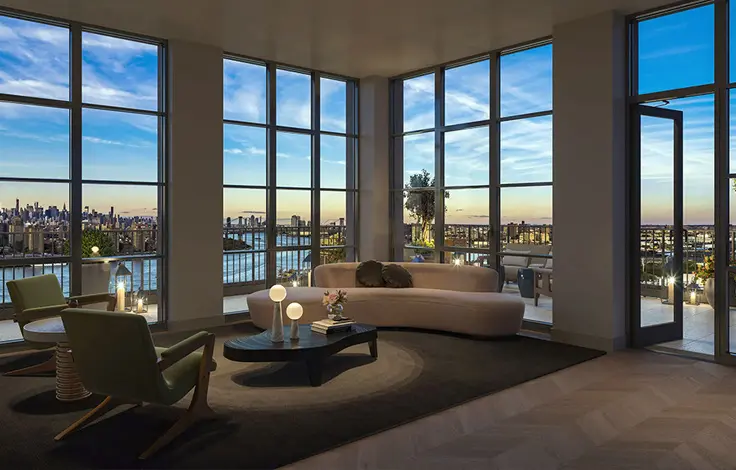

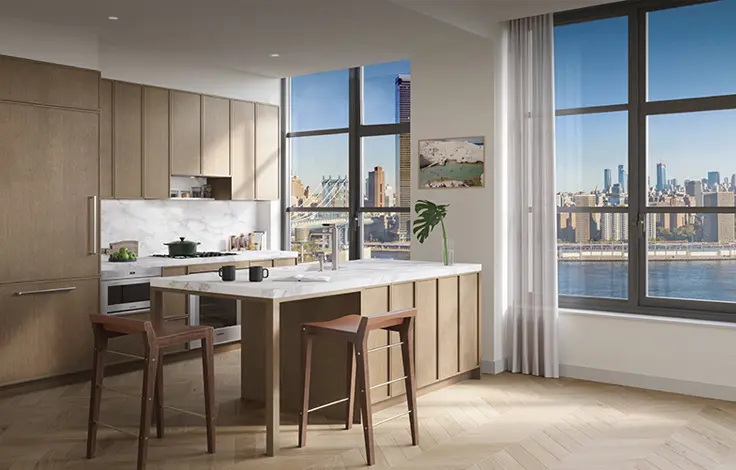
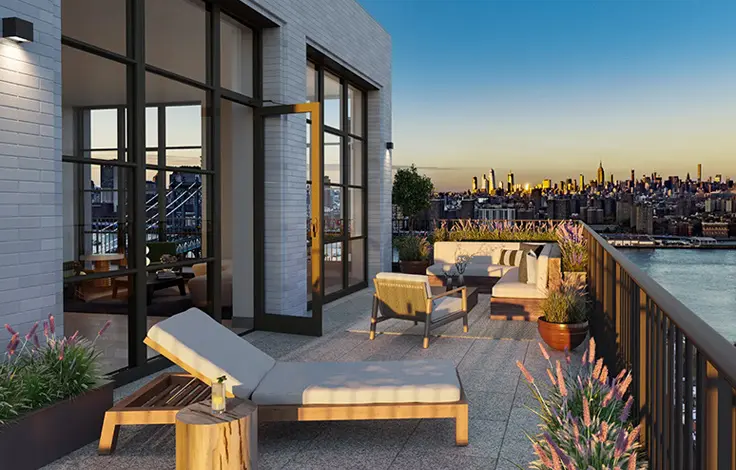
 6sqft delivers the latest on real estate, architecture, and design, straight from New York City.
6sqft delivers the latest on real estate, architecture, and design, straight from New York City.
